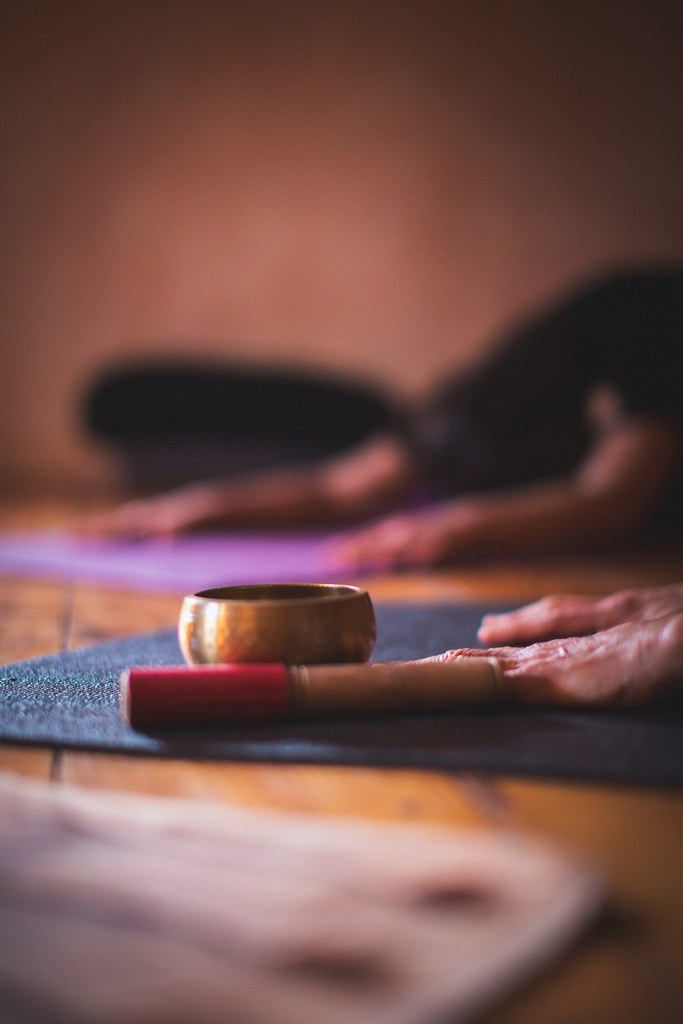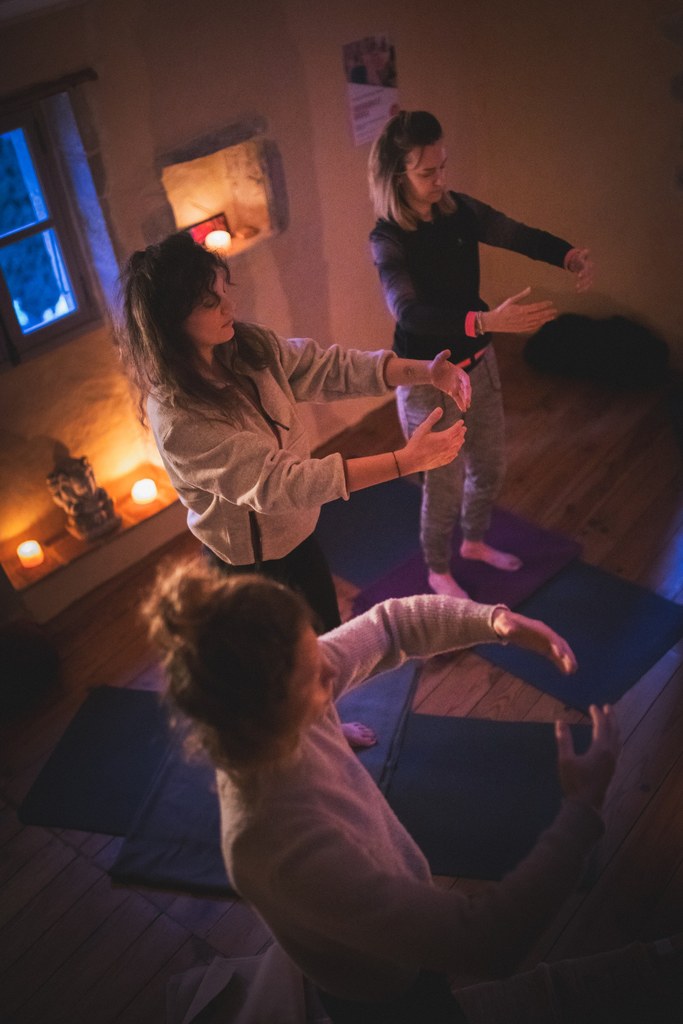Yoga Classes
à Crest dans la Drôme et à Lyon
Transmission is at the heart of my life: mother at 24 and 28, teacher since the age of 21, teacher trainer, researcher in language and education sciences, grandmother at 54 and yoga teacher!
Learning continues to open up my horizons every day...
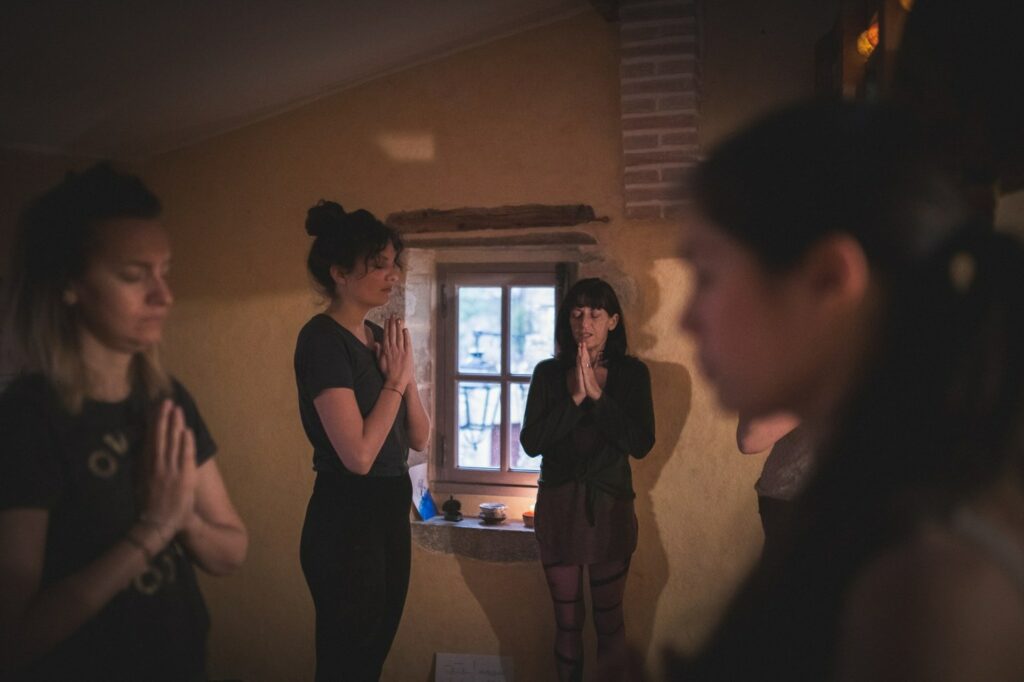
Dynamic Yoga
Ashtanga Vinyasa Yoga
Ashtanga Vinyasa Yoga is a dynamic form of yoga developed in the 1960s in Mysore, South India, by Sri Pattabhi Jois, a disciple of Sri Tirumalai Krishnamacharya, considered the father of modern postural yoga.
Pattabhi Jois developed the Ashtanga Yoga method, structured in sequences of postures known as series. The postures, or asanas in Sanskrit, are performed and memorized in a precise and progressive order, in coordination with the breath. The combination of asana stability (each posture is held for 5 to 8 breaths) and the fluidity of movement, or Vinyasa, makes this practice an inivitation to journey through the cycles of the cosmos, between inhalation and exhalation. It promotes grounding, power and relaxation, uniting body and mind in an unlimited space-time.
Each series 1st series Yoga Chikitsa (therapeutic), 2nd series Nadi Sodhana, 3rd series Sthira Bhaga presents a series of postures progressively and coherently for their physical, energetic and psychological effects. The series is organized into several parts: (1) Ashtanga sun salutations A and B, (2) standing postures common to all series and constituting the foundation of the practice, (3) the unique postures of each series (standing, seated, balancing, etc.), and (4) the final postures common to all series, from the Urdhva Dhanurasana bridge posture to the relaxation in Savasana. Urdhva Dhanurasana jusqu’à la relaxation Savasana.
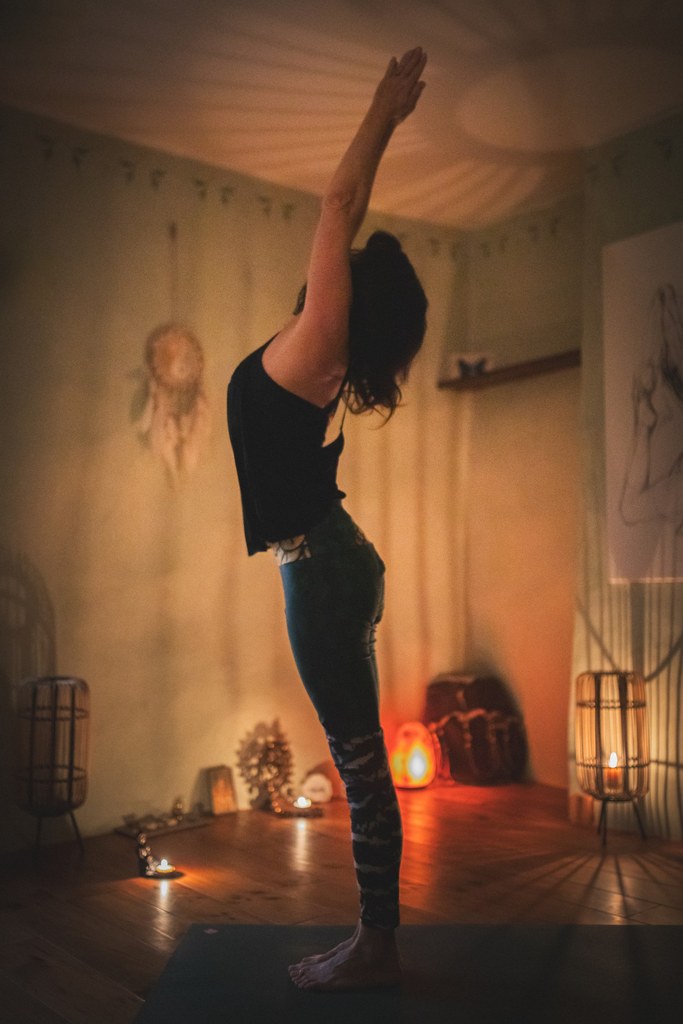
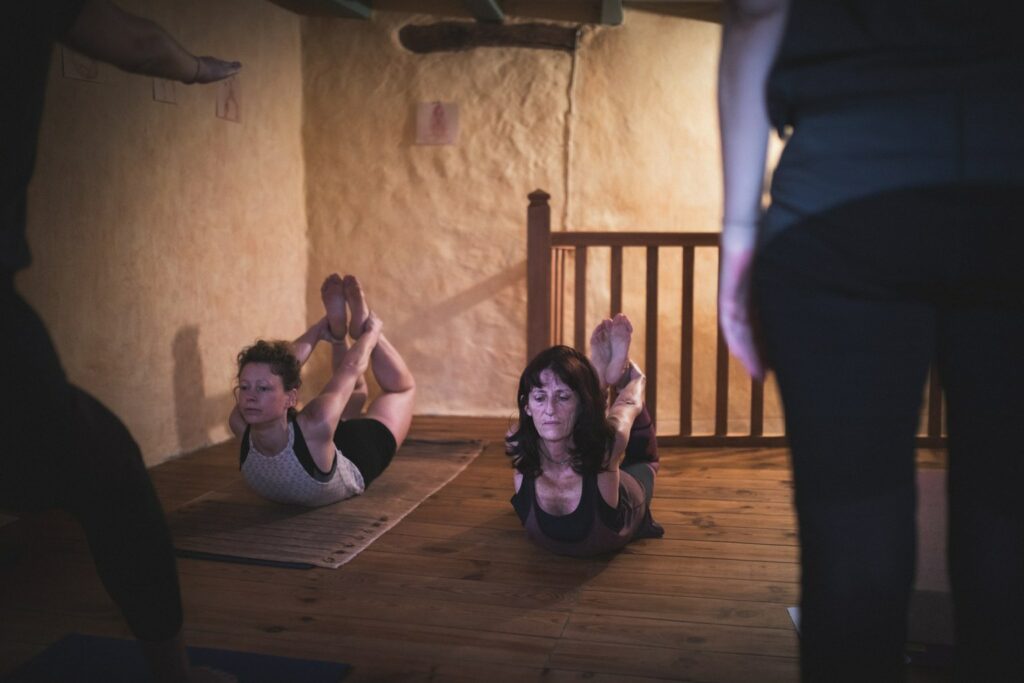
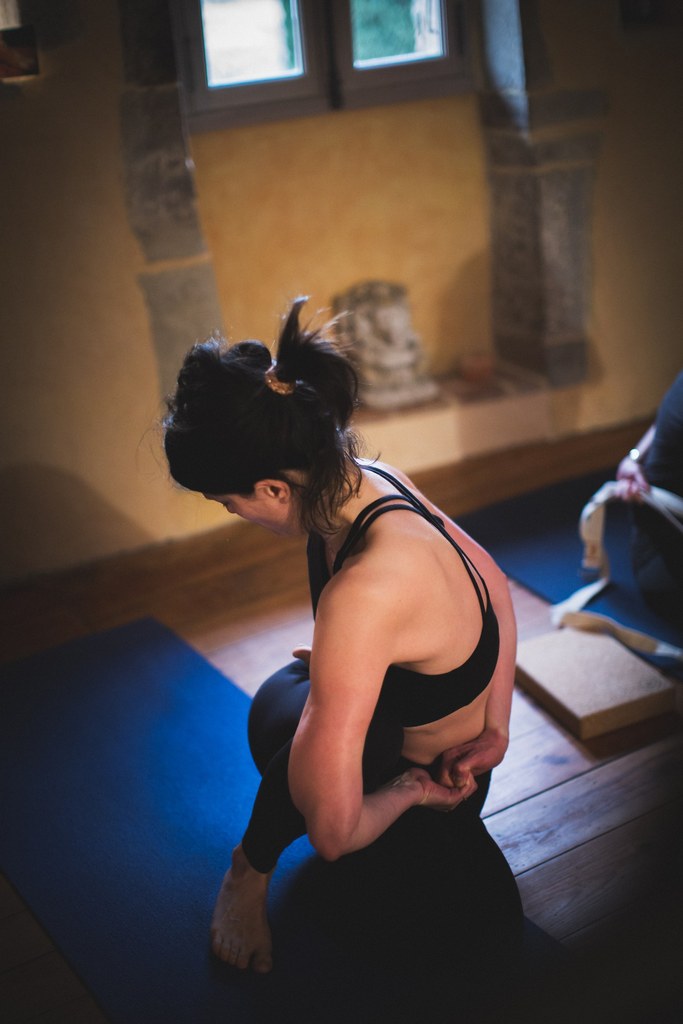
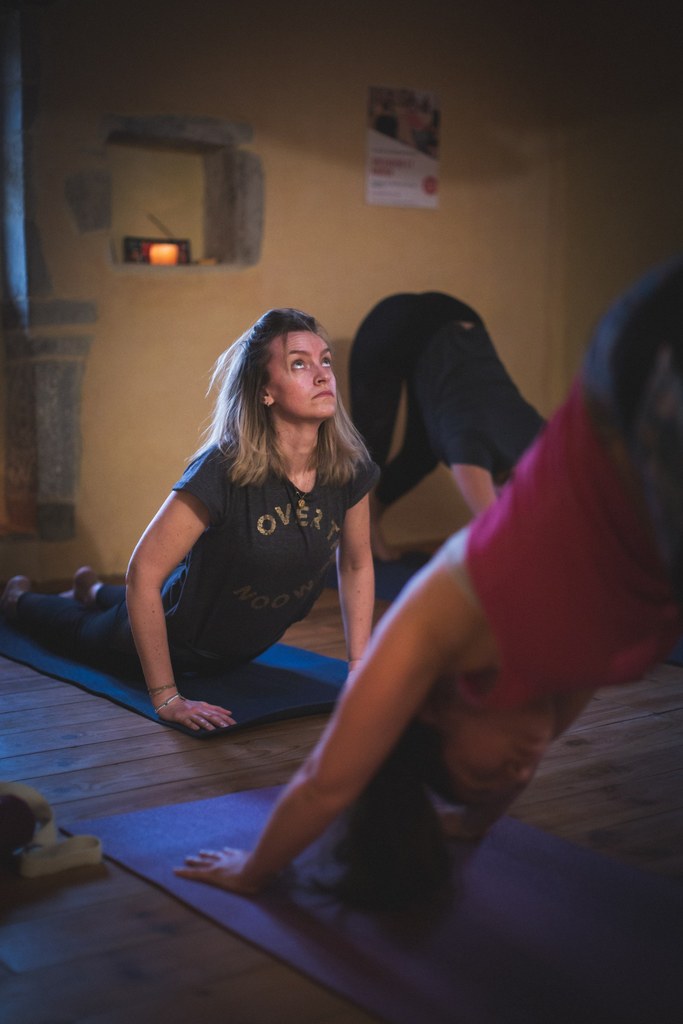
It is through the rhythm and assiduous repetition of the same postures that one can deepen their practice, explore its effects and reach a meditative state in motion. Ashtanga Vinyasa Yoga, when practiced according to its principles, combines power, relaxation and self-knowledge.
Each practice opens with the opening mantra Vande Gurunam recited in Sanskrit to center oneself, thank those who have passed down the teachings of yoga and honor Patanjali, the author of the Yoga Sutras. The closing mantra Swasthi Praja Bhya is recited at the end of the course to wish peace and happiness in the world: Shanti, Shanti, Shanti. Swasthi Praja Bhya à la fin du cours est récité pour souhaiter la Paix et le bonheur dans le monde: Shanti, Shanti, Shanti.
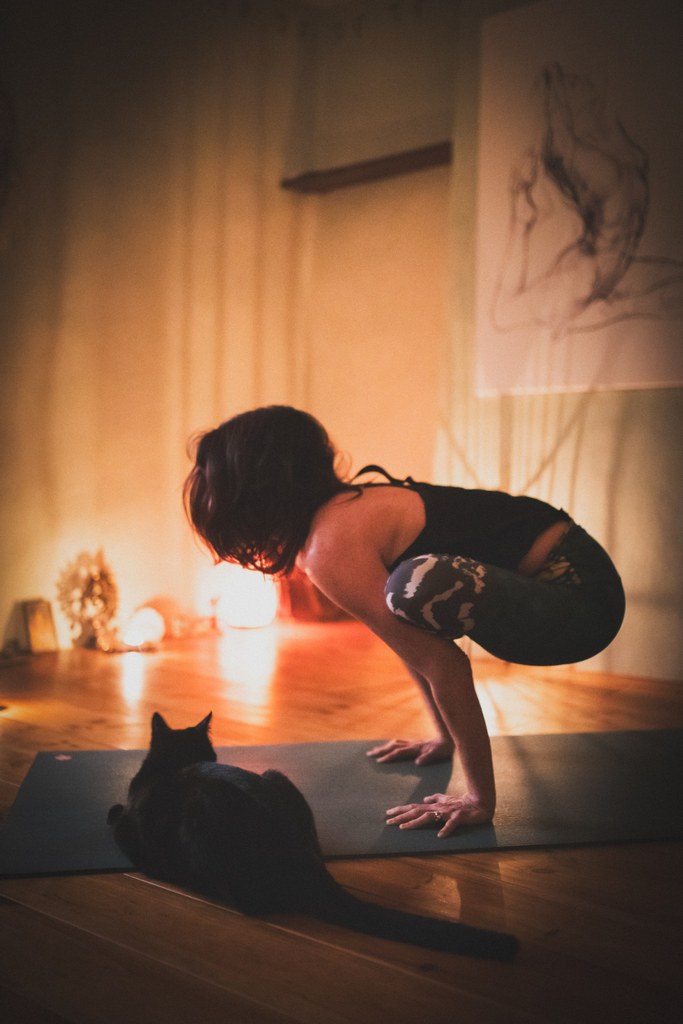
Ashtanga in Mysore style
A yoga taught in a special way
teaching Mysore style is the original and traditional way of teaching Ashtanga Vinyasa Yoga, where each student practices independently with the energy of the group, according to his own pulse. The practice unfolds as one performs the postures they have become familiar with, in the proper order.
In a Mysore class, the atmosphere is silent, and not all students perform the same postures at the same time. As a result, you can see both beginners and very experienced practitioners, depending on each person's experience. The teacher circulates around the space to observe and support each practitioner in their individual evolution, offering new postures, variations and personalized adjustments according to their capabilities (injury, general condition).
Mysore Style teaching is suitable for all levels, so you can be introduced to Ashtanga through this traditional teaching method, which provides the freedom and immediate opportunity to practice at home independently, in complete autonomy!
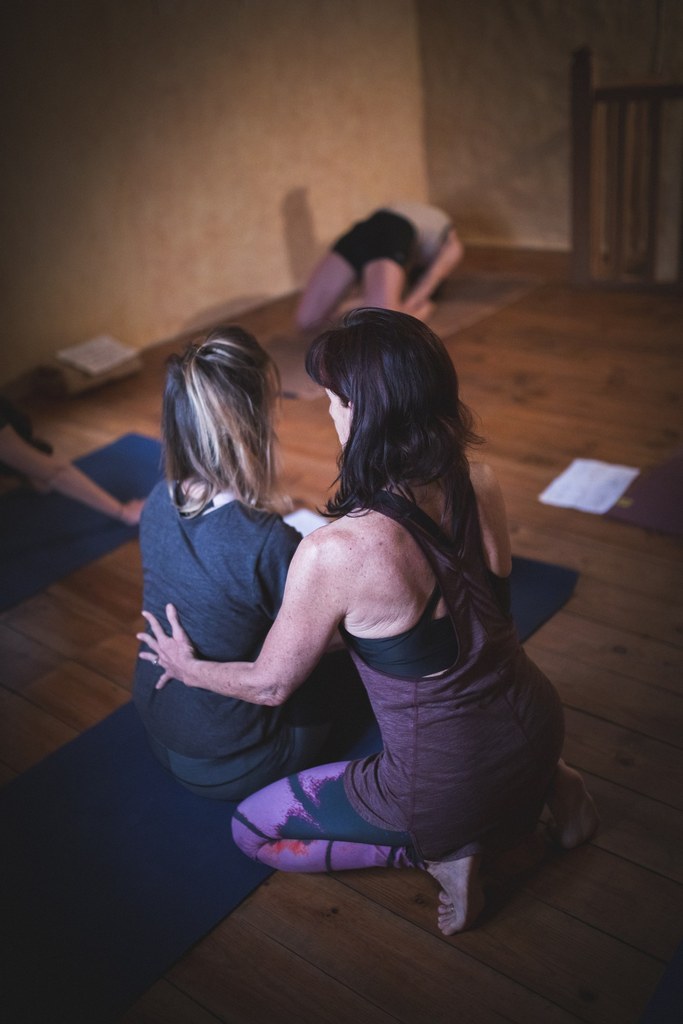
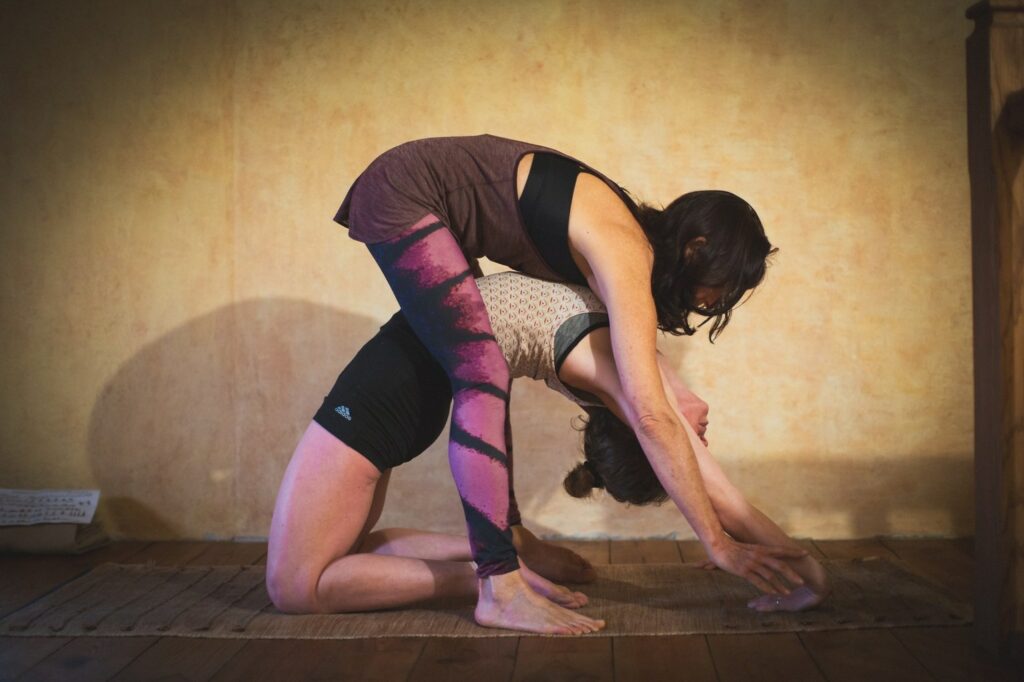
Ashtanga Vinyasa Yoga has also been taught in Led Classes Since its development in the West, i.e. like other forms of yoga: the teacher guides the practitioner by naming the postures and giving instructions for performing them at a general tempo identical for all. In Ashtanga, the series is often led by counting the movements and breaths in Sanskrit (Ekam, Dve, Trini, etc.) and naming each posture by its Sanskrit name (Ado Muka Svanasana, Kurmasana, Prasarita, etc.).Ekam, Dve, Trini, etc…) et en désignant chaque posture par son nom en Sanskrit (Ado Muka Svanasana, Kurmasana, Prasarita, etc.).
Regular classes
Ashtanga Vinyasa Yoga - Led Class
– à partir du 2 octobre 2025
- Lundi 8h30-10h00
Shala Sainte Ursule, Crest
- Mardi 17h30-19h 7 oct /18 nov/16 déc
Lyon 9 Valmy
Ashtanga Vinyasa Yoga – Mysore Style
– à partir du 2 octobre 2025
- jeudi 8h30-10h00
- vendredi 12h-13h30
Shala Sainte Ursule, Crest
- mercredi 7h30-9h00 8 oct/19 nov/17 déc
Lyon 9 Valmy
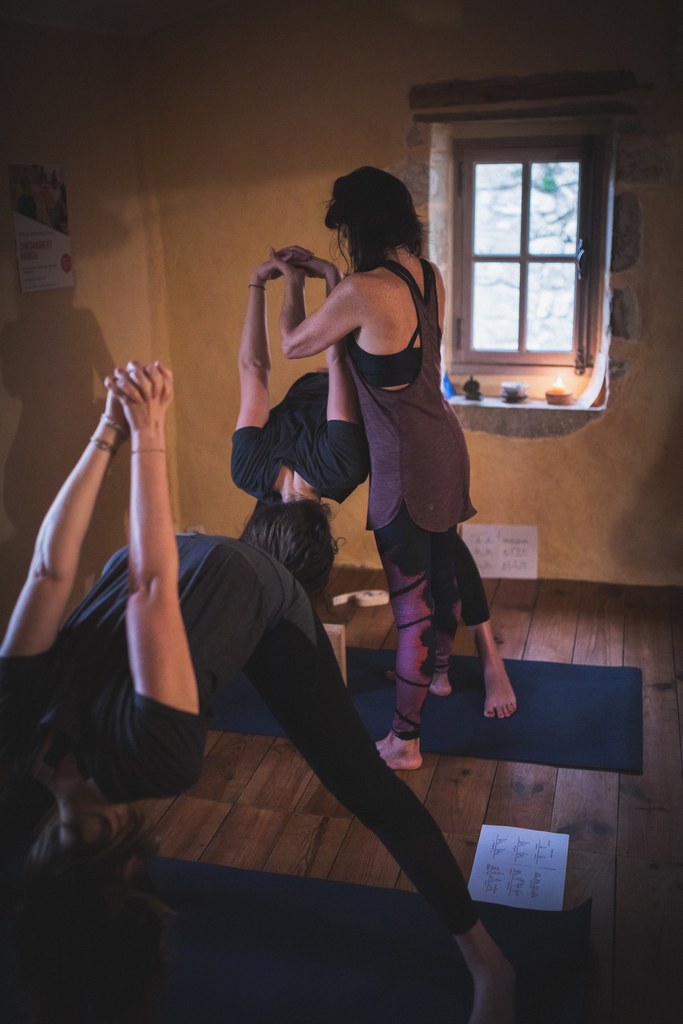
« Mala est un terme sanskrit qui signifie guirlande. En Inde il y a une multitude de types de malas différents. Il y a les japamalas, qui sont des chapelets de petites perles sacrées utilisées lors des prières afin de compter chaque perle et pouvoir se concentrer sur la répétition du mantra. Il y a les pushpamalas, des guirlandes de fleurs fraiches sentant le jasmin, ou autres parfums, qui sont tressées en forme de couronne et offertes afin de vénérer les dieux dans les maisons et les temples. Jois offre ici un autre type de mala, qui est une tradition ancienne, aussi sacrée que la prière, et aussi belle que les fleurs. Son mala est une guirlande de yoga dans laquelle chaque vinyasa est comme une perle sacrée que l’on compte et sur laquelle on se concentre, et chaque asana est comme une fleur parfumée accrochée sur le fil du souffle. Tout comme le japamala orne le cou et le pushpamala glorifie les dieux, cette guirlande de yoga, quand elle est pratiquée avec assiduité, embellit notre être tout entier, de paix, santé, radiance et enfin de connaissance de soi » (Eddie Stern, préface, p. 19).
— Pattabhi Jois, 2006, Yoga Mala
Guide et traité séminal du maitre vivant du yoga ashtanga
Éditions Dangles, Saint-Jean-de-Braye (1ère édition 1962).
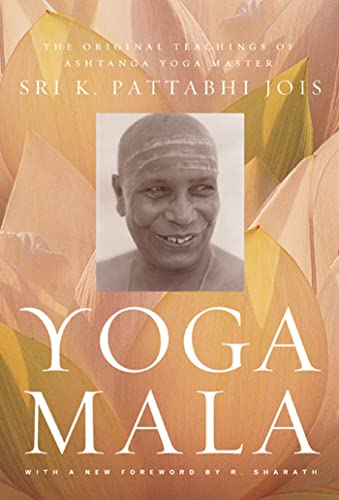
The transmission of theAshtanga Vinyasa Yoga method was taken up by the founder's grandson Sharath Jois in Mysore, India.
I also teach
Le Yin Yoga
Le Yin Yoga is a static form of yoga, performed to a meditative musical background, consisting of a succession of postures (generally on the floor), each held for several minutes.
It's in the immobility of the body, through the action of time and gravity, that deep work occurs on the physical plane (deep muscles, the fascias), the breath (amplification) and the mind (observation and welcoming of thoughts).
It is an invitation to dive into time, to savor the moment, a practice of presence, patience and letting go. While it may seem gentle, Yin yoga is a profound practice in terms of its physiological and psychological effects. It can be practiced as a preparation for all forms of yoga, either on its own or as a complement to Ashtanga Yoga. yin est une pratique profonde en termes d’effets physiologiques et psychologiques, elle peut être préparatoire à toutes formes de Yoga, se réaliser en tant que telle ou de manière complémentaire notamment à l’Ashtanga Yoga.
Regular classes
Yin Yoga
– à partir du 2 octobre 2025
- Lundi 18h-19h30
- Jeudi 12h-13h30
Shala Sainte Ursule, Crest
- Mardi 19h15-20h45 7 oct /18 nov/16 déc
Lyon 9 Valmy
